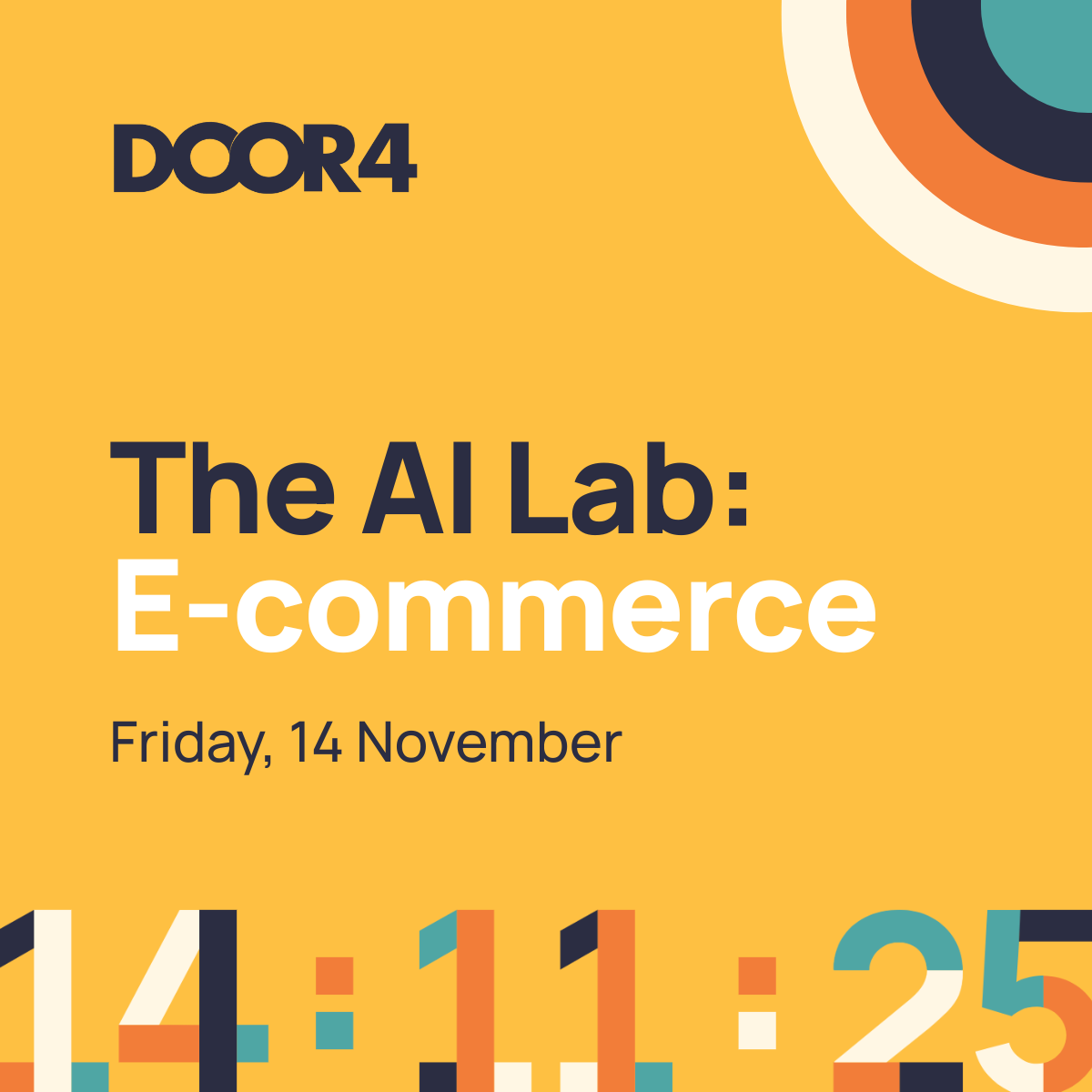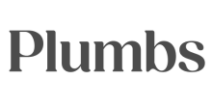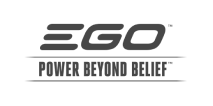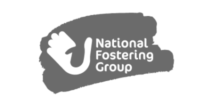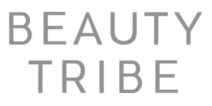Ready to explore the possibilities?
Request a quick call with our team to find out how the Innovation Explorer program can help your business take its next big leap into AI and automation.
AI systems don’t click. They cite.
 That one sentence captures the pivot from classic Search Engine Optimisation (SEO) to Generative Experience Optimisation (GEO), the discipline of earning inclusion inside AI-generated answers. If your brand isn’t referenced when a buyer asks an assistant for shortlists, comparisons or recommendations, you’re simply not in the room.
That one sentence captures the pivot from classic Search Engine Optimisation (SEO) to Generative Experience Optimisation (GEO), the discipline of earning inclusion inside AI-generated answers. If your brand isn’t referenced when a buyer asks an assistant for shortlists, comparisons or recommendations, you’re simply not in the room.
The shift: from rankings to references
SEO won the blue link. GEO wins the answer. Large language model (LLM) assistants and AI search layers assemble responses from multiple sources, official docs, trusted media, community threads and structured product data. The prize is no longer position 1. It’s to be cited as a reliable fact source or mentioned as a credible option in the response itself.
We’ve already seen the gatekeeper effect. A prospect asks an AI for a shortlist, and the assistants serve up brands they trust. As Tony Garner, Founder at Viva PR, put it, the game has changed because the machine now decides who gets invited.
“A prospect told us they’d put their brief into ChatGPT and asked: ‘Give me five agencies who could deliver this.’ And we were on the list. That was a ground shift. AIs are already acting as gatekeepers to business opportunities. The question is how do you unlock them? The answer is surprisingly familiar: it comes down to reputation and storytelling. Clear, well-structured owned content plus consistent earned mentions effectively ‘train’ the machine to understand who you are.”
That’s the strategic punchline. In GEO, your authority is assembled from what you say about yourself, and what the world says about you, with growing weight on the latter.
From keywords to intent and tasks
Classic SEO rewarded precise keyword targeting and on-page optimisation. GEO rewards coverage of user intent, often multi-step tasks framed as natural language questions. People don’t ask “best CRM pricing tiers” anymore; they ask, “I run a 15-person sales team — shortlist CRMs under £50 per seat with native WhatsApp support.” Assistants decompose that intent, then synthesise an answer and cite sources.
So the content brief evolves. You still need pages that rank, but you also need content that LLMs can easily parse, summarise and reuse. Think structured guides, comparison tables, FAQs, and product specs with crisp attributes, not prose-only marketing pages. As Sean Dwyer, Managing Director at Door4, notes, structure is now strategy.
“We’ve always said ‘write for humans’. That remains true. But a parable of prose won’t help an LLM extract your key facts. In GEO, structure and surfacing are the tough nut: schema, clear hierarchies, and machine-digestible product information so assistants can lift and cite with confidence.”
Backlinks vs mentions: authority is widening
Backlinks won’t vanish, but their monopoly on authority has ended. Unlinked brand mentions—in reputable media, expert forums, and official documents—increasingly influence how AIs describe and include your brand. That’s uncomfortable for teams used to precise, measurable link-building, but it’s closer to how humans form trust.
“Traditional search engines used to mainly reward what you said about yourself. AI search now rewards what others say about you. I’ve heard that split quoted as about 20/80. That pivot turns PR from a predominantly Brand Marketing channel into a Performance Marketing channel. Earned media isn’t just influential, it’s algorithmically essential.”
Leon Calverley, Founder at Door4, sees a rhyme with early PageRank, but with a modern twist. “Citations matter,” Leon argues. “LLMs place value on real expertise demonstrated by brands and retailers. Links are likely less significant right now – but let’s be honest, nobody can prove the exact weighting.” That humility matters. We can observe patterns and outcomes, but signal weights are fluid and model-specific.
Trusted sources: where AIs look first
LLMs gravitate to authority. High-signal domains: established news outlets, Wikipedia, standards bodies, academic repositories, and your official product documentation are frequent citation targets. Assistants also incorporate licensed datasets, and contracts with platforms like Reddit have expanded access to community content. The implication is simple but demanding: become a source of record in your topic. That means:
- Publishing definitive, maintained product and policy pages (features, pricing, compatibility, safety).
- Creating explainers, glossaries and FAQs that map to user tasks and domain language.
- Ensuring factual consistency across your site, partner sites, and knowledge bases.
- Pursuing earned coverage in outlets that AIs already trust.
As Tony frames it, PR storytelling now doubles as machine teaching. You’re not only persuading people; you’re shaping the training material that assistants will draw from.
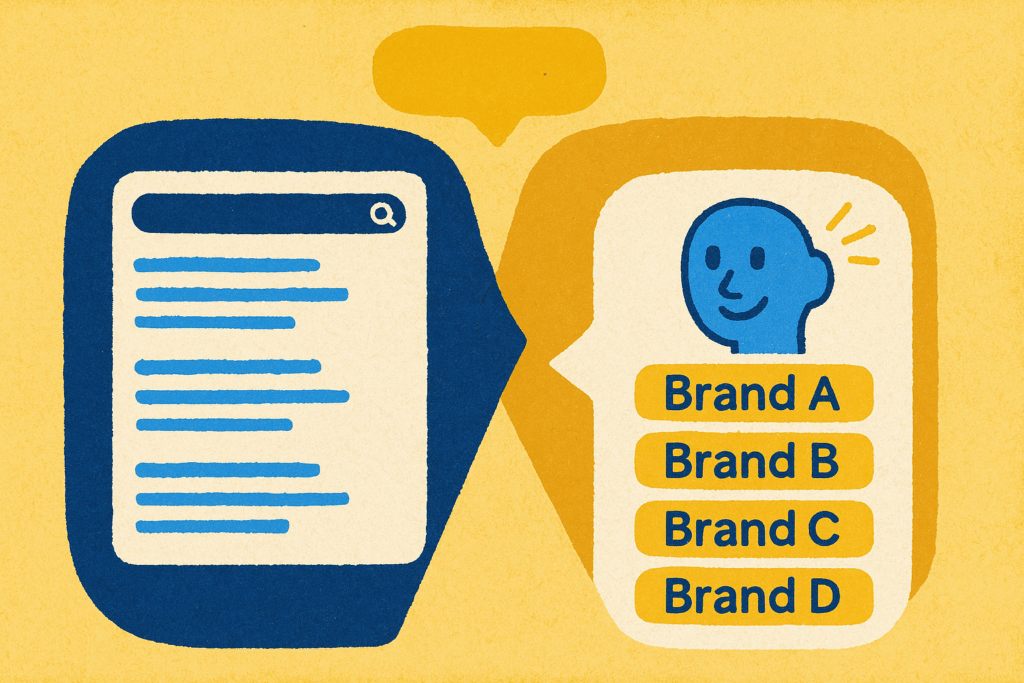
Community and earned conversations
Forums and social platforms increasingly appear in AI answers. Reddit threads, Stack Exchange, Quora discussions and LinkedIn posts offer grounded context, lived experience, and product comparisons that LLMs love to summarise. That raises the stakes for community visibility and reputation management.
Tom Morton, Head of Activation at Door4, is pragmatic: “These spaces will matter more because they already feed into training data. If people are talking about you positively in Reddit, Quora or LinkedIn, it strengthens trust signals. The label has changed, but the fundamentals haven’t: answer the user’s need.”
Be careful here. You can’t astroturf credibility. Community strategies that work in GEO are the same ones that work with actual humans: help first, sell later; bring evidence; show up consistently.
Freshness is a ranking signal again
AI layers prefer current, well-maintained sources when the topic is time-sensitive; pricing, availability, compliance, or anything with a short half-life. If your site shows outdated specs, or your press page hasn’t been updated in 18 months, you reduce your chance of being cited. Build an editorial operating cadence: smaller, frequent updates beat sporadic big bangs.
Some publishers have reported steep declines in click-through from AI-augmented search surfaces. Whether those drops settle or rebound, the strategic response is the same: earn inclusion, not just clicks. The traffic model is evolving; your authority model should be too.
Technical accessibility still matters
None of this replaces technical hygiene. Crawlability, mobile-first experiences, security and latency remain table stakes. If an assistant can’t reliably fetch and parse your content, it can’t cite you. Prioritise:
- Clean information architecture with logical depth and faceted paths.
- Fast, stable performance (Core Web Vitals still correlate with discovery and conversion).
- Machine-readable structure: schema.org, well-formed headings, tables for attributes, downloadable specs.
- Clear access rules in robots.txt and sitemaps for both search engines and AI crawlers.
- Canonical and consistency management to prevent fragmenting your signals.
Sean’s question is a useful prompt for teams planning site changes: “Is this the real priority and hierarchy we wish to convey to bots?” If not, rewrite the hierarchy.
Measurement: from rankings to reference share
GEO demands new KPIs. Traditional ranking reports and organic sessions don’t capture whether assistants are naming or citing you. Consider a measurement stack that blends qualitative and quantitative signals:
- Answer inclusion rate – the percentage of priority queries where your brand is named or your content is cited in AI responses.
- Reference quality – how you’re framed (neutral, positive, expert) and which pages are cited (docs vs fluff).
- Source mix – the distribution of citations across owned (your site), earned (media), and community (forums, social).
- Conversation share – your mention share in relevant threads across Reddit, LinkedIn, and specialist forums.
- Intent coverage – how many of your buyers’ jobs-to-be-done have structured, maintained content that an LLM can reuse.
How do you gather this? Start scrappily. Maintain a panel of priority tasks and prompts. Run them through leading assistants, record screenshots, and code the outcomes. Track branded and unbranded mentions across media and community. Build a simple scorecard that highlights gaps: missing price info, weak comparisons, no third-party validation, and outdated specs. It’s less elegant than a rank tracker, but closer to reality.
PR and communications move to the performance core
The PR–digital handshake is now non-negotiable. Assistants reward credible third-party corroboration, which is PR’s wheelhouse. But it’s more than placements; it’s narrative control and signal consistency.
“Put yourself in the position of an AI search bot, considering putting its neck on the line by recommending your business. Is it confident because your site has all the right keywords — or because it sees those claims echoed in trusted external media? In GEO, the link-up between digital teams and PR isn’t advisable; it’s a must.”
Tony agrees: traditional media will matter more in GEO because those outlets carry weight with both people and machines. That doesn’t diminish owned channels – it simply raises the bar. Your claims need receipts, preferably hosted somewhere other than your homepage.
A practical GEO playbook for 2026
If you’re short on time, here’s a focused plan to pivot from SEO to GEO without throwing out what already works:
- Map intent to tasks – list 20–50 real buyer tasks and questions. Prioritise by value and difficulty.
- Make a source of record – publish definitive, maintained pages for features, pricing, integrations, guarantees and safety.
- Structure for machines – add schema, FAQs, attributes and comparison tables. Prefer concise, atomic facts over flowery copy.
- Close the proof gap – commission case studies with data, expert endorsements, certifications, and third-party validations.
- Pursue earned authority – target 5–10 high-signal outlets in your category. Pitch evidence-led stories, not slogans.
- Go where people debate – show up in Reddit, LinkedIn and specialist forums. Contribute expertise; don’t over-optimise.
- Refresh on a cadence – implement a review schedule for facts with short half-lives (pricing, availability, compliance).
- Fix the foundation – ensure your site is crawlable, fast, secure and coherent. Don’t bury key facts behind tabs or images.
- Measure reference share – create an internal GEO dashboard with answer inclusion rate and source mix.
- Govern the narrative – align PR, content, product and legal on claims and language. Consistency beats volume.
Risks, unknowns and trade-offs
Let’s keep our feet on the ground. LLMs are probabilistic. They hallucinate. They change quickly. No one outside the vendors can tell you the exact authority weights of links vs mentions vs recency – and those weights differ by model and by query. Leon’s caution stands: links may be less significant in practice today, but hard proof is elusive.
There are commercial trade-offs, too. AI answers can compress traffic to publishers and brand sites. You might get named but not clicked. That makes measurement messy and ROI attribution harder. But it doesn’t change the strategic necessity. If the answer is the new homepage, you need to appear in it, with language and claims you can live with.
Finally, there’s a governance question. If assistants are paraphrasing your claims, you want your source material to be consistent, attributable and safe. That means tighter internal standards on product facts, performance claims and comparative statements. PR, legal and product marketing need to sit closer together.
The bottom line
GEO doesn’t replace SEO; it reframes it. The mechanics change from keyword matches to intent coverage, from links to mentions, from clicks to citations, but the principle is familiar: become the best, most trusted answer to a specific need. Do that in public, in structured ways, and assistants will learn to recommend you.
One reflection to leave with: if your brand disappeared from AI answers tomorrow, which signals would be missing? The link, the mention, the proof, or the structure? Your next quarter’s plan sits somewhere in that list.
Contributors
- Tony Garner — Founder, Viva PR — LinkedIn
- Greg Wilson — Director, Limitless Public Relations — LinkedIn
- Leon Calverley — Founder, Door4 — LinkedIn
- Sean Dwyer — Managing Director, Door4 — LinkedIn
- Tom Morton — Head of Activation, Door4 — LinkedIn
With thanks to our external contributors, Tony Garner and Greg Wilson, for their practical insights on how PR and earned authority now drive performance in the AI era.
-
 26.09.2025|Fewer clicks, noisier search results, shifting metrics — Google’s updates are here. Learn how to keep your strategy focused on results that count with Door4 team: Beth Moore, Tom Morton and Megan Jones.
26.09.2025|Fewer clicks, noisier search results, shifting metrics — Google’s updates are here. Learn how to keep your strategy focused on results that count with Door4 team: Beth Moore, Tom Morton and Megan Jones. -
 01.09.2025|This is part two of our series on AI’s impact on paid media. In part one, we explored how increasing automation is limiting control and transparency in platforms like Google Ads... Now, we turn to what brands can do about it.
01.09.2025|This is part two of our series on AI’s impact on paid media. In part one, we explored how increasing automation is limiting control and transparency in platforms like Google Ads... Now, we turn to what brands can do about it. -
 24.04.2025|As predictive AI takes over the testing ground, marketers face a new question: where does creativity and experimentation fit when the outcome's already known?
24.04.2025|As predictive AI takes over the testing ground, marketers face a new question: where does creativity and experimentation fit when the outcome's already known?
Door4 opinions and insight.
We have a lot to talk about.Our latest articles, features and ramblings.
We explore performance marketing, AI, communications and optimisation.
